Home>Garden Essentials>How Did Crop Rotation Change In The Agricultural Revolution In Comparison To Earlier Societies
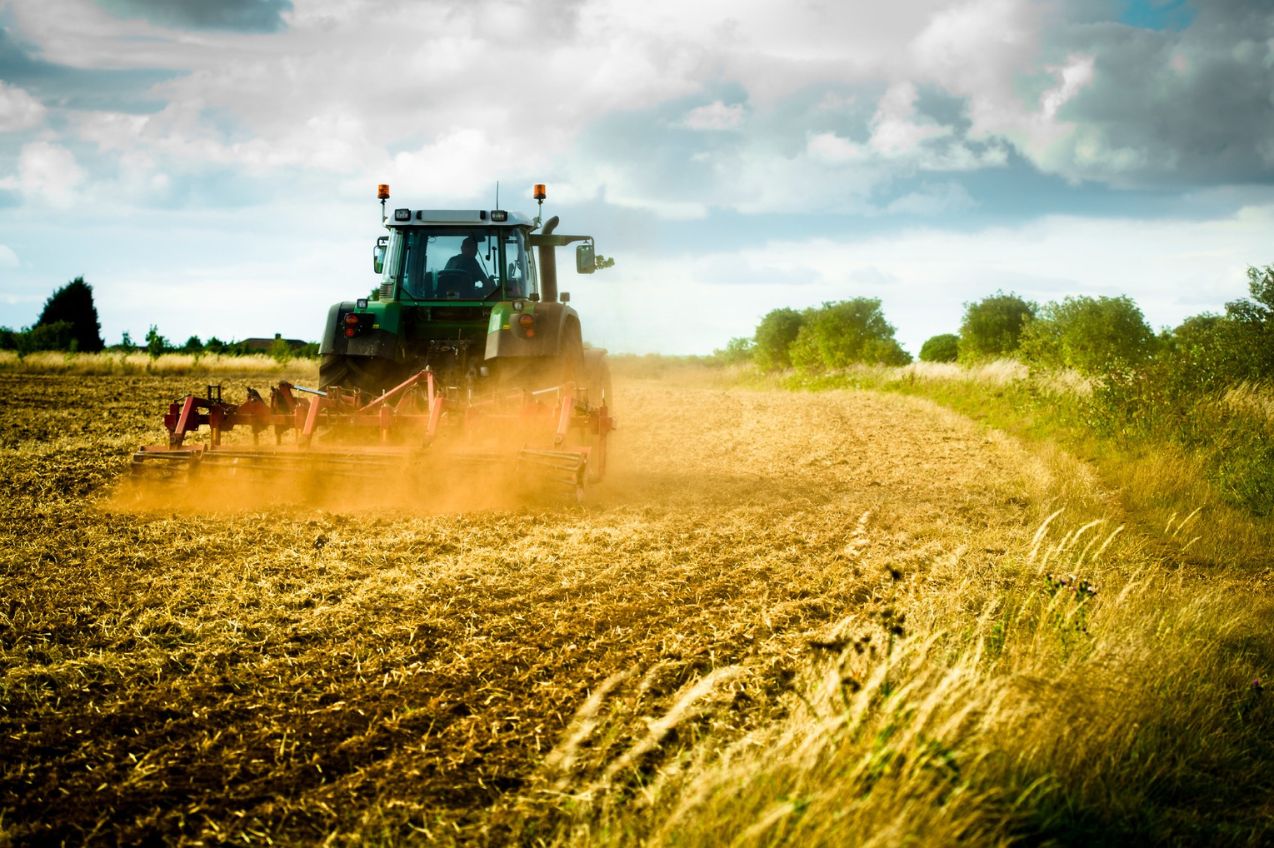

Garden Essentials
How Did Crop Rotation Change In The Agricultural Revolution In Comparison To Earlier Societies
Modified: March 16, 2024
Learn how crop rotation evolved in the agricultural revolution, bringing significant changes to gardening practices in comparison to earlier societies.
(Many of the links in this article redirect to a specific reviewed product. Your purchase of these products through affiliate links helps to generate commission for Storables.com, at no extra cost. Learn more)
Introduction
The agricultural revolution marked a significant turning point in human history, transforming societies from hunter-gatherer communities to settled agricultural civilizations. This revolution brought about numerous advancements in farming practices, including the introduction of crop rotation. In this article, we will explore how crop rotation changed during the agricultural revolution in comparison to earlier societies.
Crop rotation refers to the practice of systematically planting different crops in a specific sequence on the same piece of land. This technique maximizes productivity by utilizing the nutrients in the soil more efficiently and helps reduce the risk of pests, diseases, and soil degradation. While crop rotation has been practiced for centuries, it underwent significant changes during the agricultural revolution.
Key Takeaways:
- During the agricultural revolution, farmers improved crop rotation by using diverse crops, longer rotation cycles, and cover crops. This helped maintain soil fertility, control pests, and ensure sustainable agriculture.
- The agricultural revolution brought scientific advancements to crop rotation, making it more structured and systematic. This led to better soil health, increased crop diversity, and improved food security for growing populations.
Definition of Crop Rotation
Crop rotation is a farming practice that involves growing different crops in a specific order over a defined period of time on the same piece of land. It is based on the principle that different plant species have different nutrient requirements and interact with the soil in different ways. By rotating crops, farmers can optimize soil fertility, reduce pest and disease pressure, and increase overall agricultural productivity.
The concept of crop rotation dates back to ancient times when farmers noticed that continually growing the same crop on the same plot of land led to decreased yields and soil depletion. By alternating crops, farmers discovered that they could replenish the soil’s nutrients, break pest and disease cycles, and improve the long-term fertility of the land.
There are various methods of crop rotation, depending on factors such as climate, soil type, and prevailing farming practices. Some common crop rotation techniques include two-field rotation, three-field rotation, and four-field rotation. In two-field rotation, a farmer divides the land into two sections and plants one section with a crop in one year while leaving the other section fallow. The following year, the two sections are switched. Three-field rotation involves dividing the land into three sections and rotating crops among them, while four-field rotation expands upon this idea by dividing the land into four sections and rotating crops among them.
In modern agriculture, crop rotation is often combined with other sustainable and environmentally friendly practices. For example, farmers may incorporate cover crops (plants grown primarily to benefit the soil) into their rotation scheme to improve soil structure, promote biodiversity, and control weeds. Additionally, crop rotation is often practiced alongside integrated pest management strategies to minimize the use of synthetic pesticides.
Overall, crop rotation is a valuable tool that not only benefits farmers but also promotes long-term soil health and sustainability. By diversifying crops and giving the land time to recover, farmers can ensure high yields, reduce the reliance on chemical inputs, and maintain a balanced ecosystem within their fields.
Crop Rotation in Earlier Societies
Crop rotation has been an integral part of agricultural practices in earlier societies, even before the agricultural revolution. However, the methods and techniques employed during these times were often simpler and less systematic compared to those developed later on.
In ancient civilizations, such as the Mesopotamians, Egyptians, and Greeks, farmers recognized the importance of rotating crops to maintain soil fertility. They observed that continuously planting the same crop year after year resulted in diminished yields and dwindling soil nutrients. As a response, farmers would alternate between growing cereal crops, such as wheat and barley, with leguminous crops like lentils and peas.
One common method of crop rotation in earlier societies was known as two-field rotation. This involved dividing the land into two sections, with one section being left fallow or unused for a period of time while the other section was cultivated. The fallow period allowed the soil to naturally regenerate its nutrients, as well as break the life cycles of pests and diseases associated with specific crops.
Another crop rotation technique used in earlier societies was known as shifting cultivation or slash-and-burn agriculture. In this practice, farmers would clear an area of land and burn the vegetation to create fertile ash. Crops would then be planted in the nutrient-rich soil for a few years until the land became less productive. The farmers would then move to a different plot of land, allowing the original plot to regenerate naturally over time.
While these early forms of crop rotation were effective to a certain extent, they lacked the scientific understanding and precision that would develop in later centuries. The agricultural revolution would bring about significant changes in crop rotation practices, with scientific advancements and improved farming techniques revolutionizing the way farmers approached agriculture.
The Agricultural Revolution and Its Impact on Crop Rotation
The agricultural revolution, also known as the Neolithic revolution, was a transformative period in human history when societies shifted from a nomadic, hunter-gatherer lifestyle to settled agriculture. This revolution brought about profound changes in farming practices, including a significant impact on the way crop rotation was approached.
One of the key transformations during the agricultural revolution was the development of permanent settlements and the domestication of plants and animals. As communities became more sedentary, there was a need to maximize agricultural productivity to sustain growing populations. This drove the exploration and adoption of new farming techniques, including innovations in crop rotation.
The agricultural revolution led to the emergence of more structured and systematic approaches to crop rotation. Farmers began to observe the specific needs of different crops and their impact on soil health. They discovered that alternating crops could help maintain soil fertility, reduce pests and diseases, and improve overall crop yields.
Furthermore, the agricultural revolution provided an opportunity for the consolidation of knowledge and the sharing of agricultural practices among communities. With settled societies, the transmission of agricultural knowledge became more structured, fostering the exchange of ideas and innovations related to crop rotation.
Additionally, the advent of tools and technologies, such as irrigation systems and improved plows, allowed farmers to cultivate larger areas of land more effectively. This expansion of arable land necessitated more sophisticated agricultural techniques, including advanced crop rotation strategies, to maintain soil quality and ensure sustainable food production.
The agricultural revolution also brought about a socio-economic shift, with the emergence of specialized farming communities. With farmers focusing on specific crops or livestock, there was an increased need for crop diversification and rotation to optimize agricultural productivity and ensure food security.
Overall, the agricultural revolution had a profound impact on crop rotation practices. It paved the way for more systematic and science-based approaches to managing soil fertility, reducing pests and diseases, and maximizing crop yields. The advancements made during this period set the foundation for the modern agricultural practices we continue to employ today.
Changes in Crop Rotation Practices During the Agricultural Revolution
The agricultural revolution brought about significant changes in crop rotation practices, marking a distinct departure from the less structured approaches of earlier societies. As farmers sought to maximize productivity and sustain growing populations, they developed more sophisticated and intentional methods of rotating crops. Here are some key changes that occurred during the agricultural revolution.
1. Increased crop diversity: During the agricultural revolution, farmers began to cultivate a wider variety of crops. Instead of relying on a few staple crops, they diversified their plantings, introducing new species and incorporating leguminous plants. This increased crop diversity not only helped in replenishing soil nutrients but also provided a more balanced diet for the growing population.
2. Systematic rotation schemes: Farmers developed more structured rotation schemes, moving beyond simple two-field or shifting cultivation approaches. They devised longer rotation cycles involving multiple fields or plots, with different crops being cultivated in a set sequence. This allowed for better management of the soil’s nutrient content and reduced the risk of pest and disease buildup.
3. Integration of cover crops: Cover crops, also known as green manure, became an integral part of crop rotation during the agricultural revolution. Farmers started growing specific plants, such as clover or vetch, between main crop rotations. These cover crops added organic matter to the soil, prevented erosion, and enhanced nutrient cycling. When the cover crops were plowed under, they enriched the soil with essential nutrients.
4. Utilization of fallow periods: Farmers recognized the importance of fallow periods in replenishing soil fertility. By leaving certain fields fallow for a specific period, they allowed the soil to regenerate and recover its nutrients. This practice became an essential part of crop rotation, ensuring sustained fertility and preventing soil exhaustion.
5. Improved knowledge and technology: The agricultural revolution led to advancements in knowledge and technology, which further enhanced crop rotation practices. Farmers gained a better understanding of plant growth and soil science, enabling them to make more informed decisions regarding crop selection and rotation. Innovations in tools and equipment, such as improved plows and irrigation systems, made it easier to implement and manage crop rotation on a larger scale.
These changes in crop rotation practices during the agricultural revolution laid the foundation for the modern understanding and application of this farming technique. The deliberate and scientific approach to crop rotation helped to mitigate soil depletion, optimize nutrient cycling, and increase agricultural productivity, ensuring sustainable food production for growing populations.
In the Agricultural Revolution, crop rotation became more systematic and widespread, with farmers rotating crops in a specific order to improve soil fertility and yield. This was a significant change from earlier societies where crop rotation was less organized and practiced on a smaller scale.
Advancements in Agricultural Techniques During the Revolution
The agricultural revolution brought about significant advancements in farming techniques, revolutionizing the way agriculture was practiced. These advancements played a crucial role in improving crop rotation practices and overall agricultural productivity. Here are some key advancements that emerged during this period.
1. Domestication of plants and animals: One of the most significant advancements during the agricultural revolution was the domestication of plants and animals. This allowed humans to cultivate crops and raise livestock in a controlled environment, leading to a consistent and reliable food supply. Domestication provided farmers with a surplus of agricultural products, enabling them to experiment with different crops and develop more efficient farming techniques.
2. Selective breeding: Farmers began selectively breeding plants and animals to enhance desirable traits such as crop yield, disease resistance, and productivity. Selective breeding led to the development of improved crop varieties, which further contributed to agricultural productivity gains. This advancement allowed for the cultivation of crops with higher yields and improved resistance to pests and diseases.
3. Improved irrigation systems: With the agricultural revolution came the development of more sophisticated irrigation systems. Farmers built canals and reservoirs to control water flow and distribute it to their fields. This advancement allowed for better water management, ensuring crops had access to the necessary moisture for growth, especially during drier periods. Improved irrigation systems also enabled farmers to cultivate crops in regions with limited rainfall, expanding agricultural possibilities.
4. Advancements in plow technology: The agricultural revolution saw the evolution of plow technology. Farmers developed more efficient and durable plows, using iron and other sturdy materials. These advances made it easier to till the soil, preparing it for planting and improving overall field productivity. Plow technology developments also played a crucial role in facilitating crop rotation by allowing farmers to cultivate larger areas of land more effectively.
5. Exploration and utilization of fertilizers: During the agricultural revolution, farmers began to experiment with different types of natural fertilizers. They discovered the benefits of adding organic matter, such as manure, compost, and plant residues, to the soil. This practice improved soil fertility, nutrient availability, and overall crop health. Additionally, some civilizations developed techniques for harnessing natural resources, such as guano or bird droppings, as high-quality fertilizers.
These advancements in agricultural techniques during the agricultural revolution laid the foundation for modern farming practices. They significantly enhanced the efficiency and productivity of crop cultivation, making it possible to sustain larger populations. The combination of these advancements with the improved understanding and implementation of crop rotation techniques helped to ensure the long-term sustainability of agriculture and food production.
Benefits and Challenges of Crop Rotation in the Agricultural Revolution
Crop rotation played a crucial role in the agricultural revolution by improving agricultural productivity and ensuring sustained food production. This practice provided numerous benefits that helped transform farming practices. However, there were also challenges to overcome. Let’s explore the benefits and challenges of crop rotation during this transformative period.
Benefits of Crop Rotation:
- Improved soil fertility: Crop rotation allowed farmers to maintain and enhance soil fertility by alternating crops with different nutrient requirements. This practice prevented the depletion of specific nutrients and encouraged nutrient cycling in the soil, leading to healthier and more productive agricultural land.
- Pest and disease control: Rotating crops disrupted the life cycles of pests and diseases, reducing their buildup and impact. Different crops had varying vulnerability to specific pests and diseases, so alternating crops helped break the continuous presence of these threats, leading to lower incidences and severity of infestations.
- Weed suppression: Crop rotation was effective in managing weeds. Different crops had different growth habits and allelopathic properties, making it difficult for specific weed species to establish and proliferate. Additionally, cover crops grown during fallow periods provided effective weed suppression, reducing competition with the main crops.
- Improved nutrient cycling: Crop rotation facilitated the efficient cycling of nutrients in the soil. Leguminous crops, for example, had the ability to fix atmospheric nitrogen, enriching the soil with this essential nutrient. When these crops were rotated with other species, the deposited nitrogen improved the nutritional status of subsequent crops.
- Increased biodiversity: Rotating crops created a more diverse agricultural landscape, fostering biodiversity within fields. The presence of various crops attracted different species of beneficial insects, birds, and pollinators, contributing to a more balanced and resilient ecosystem.
Challenges of Crop Rotation:
- Planning and coordination: Implementing crop rotation required careful planning and coordination, especially in larger agricultural systems. Farmers needed to consider factors such as crop nutrient requirements, growth habits, and field availability to create an effective rotation schedule.
- Knowledge and experimentation: The success of crop rotation depended on farmers’ understanding of different crop species, their interactions, and the local environmental conditions. Experimentation and learning were necessary to identify the most suitable crops, rotation cycles, and practices for optimal results.
- Practical limitations: Crop rotation faced practical limitations, such as limited field availability, labor requirements, and market demands. In regions with limited arable land, implementing extended rotation cycles or fallow periods could pose logistical challenges.
- Resistance management: Continuous planting of the same crop could lead to the evolution of resistant pests or diseases. While crop rotation helped reduce the risk, specific pests could still adapt to different crops, requiring additional pest management strategies.
- Transition and adjustment period: Switching from traditional farming methods to crop rotation required a period of transition and adjustment for farmers. It involved a shift in mindset, learning new practices, and adapting to new crop varieties, which could present initial difficulties and uncertainties.
Despite these challenges, the benefits of crop rotation in the agricultural revolution outweighed the difficulties. The implementation of crop rotation strategies significantly improved agricultural productivity, soil health, and overall sustainability, forming a crucial foundation for modern farming practices.
Comparison of Crop Rotation Practices in Earlier Societies and the Agricultural Revolution
Crop rotation has been practiced for centuries, evolving and adapting as agricultural techniques advanced. When comparing crop rotation practices in earlier societies to those during the agricultural revolution, several key differences and similarities emerge.
1. Complexity and Systematic Approach: Crop rotation in earlier societies was often less structured and systematic. Communities observed the need for resting the land and alternating crops to maintain soil fertility, but the practice was simpler and less scientifically informed. In contrast, the agricultural revolution brought a more sophisticated understanding of soil health and crop interactions, leading to the development of intentional rotation schemes and longer cycles.
2. Crop Diversity: Both earlier societies and the agricultural revolution recognized the importance of diversifying crops. However, the agricultural revolution saw a significant increase in crop diversity as farmers began cultivating a wider range of species. This shift was driven by the need to sustain larger populations and improve overall food security.
3. Application of Science: The agricultural revolution marked a turning point where scientific advancements, such as improved tools, selective breeding, and irrigation systems, were coupled with agricultural practices. These scientific approaches influenced crop rotation, allowing for a more informed decision-making process based on knowledge of plant growth, soil science, and nutrient cycling.
4. Integration of Cover Crops: While cover crops were utilized in earlier societies to some extent, the agricultural revolution saw a more deliberate and widespread incorporation of cover crops. Farmers recognized the benefits of using cover crops to improve soil structure, control erosion, and add organic matter to the soil. The deliberate integration of cover crops became an integral part of the more structured crop rotation schemes developed.
5. Knowledge Transmission: In earlier societies, agricultural knowledge was often shared through oral traditions and practical experience. During the agricultural revolution, the consolidation and transmission of agricultural knowledge became more structured and formalized. This facilitated the exchange of ideas and innovations related to crop rotation between different communities.
6. Practical Limitations: Both earlier societies and the agricultural revolution faced practical limitations in implementing crop rotation. Limited land availability, labor requirements, and market demands influenced the feasibility and extent to which crop rotation could be practiced.
Despite these differences, the underlying principle of crop rotation remained consistent throughout history. Whether in earlier societies or during the agricultural revolution, the goal was to maintain soil fertility, control pests and diseases, and ensure sustainable agriculture. Both periods contributed to the development and refinement of crop rotation practices, with the agricultural revolution paving the way for more systematic and scientifically informed approaches that continue to shape modern agriculture today.
Conclusion
Crop rotation has played a vital role in agricultural practices throughout history, from early societies to the agricultural revolution. While the concept of crop rotation existed in earlier civilizations, the agricultural revolution brought about significant advancements and changes in its application.
During the agricultural revolution, farmers embraced a more systematic approach to crop rotation. They recognized the need for diversifying crops, implementing longer rotation cycles, and integrating cover crops. Advancements in knowledge, technology, and irrigation systems supported the development of these practices, leading to improved soil fertility, pest and disease control, and overall agricultural productivity.
However, challenges accompanied the adoption of crop rotation. Planning and coordination were essential to implement effective rotation schemes, while knowledge and experimentation were necessary to identify optimal crops and practices. Practical limitations and the need for market-driven agriculture also influenced the implementation of crop rotation in different regions.
Despite these challenges, the benefits of crop rotation during the agricultural revolution were significant. It enhanced soil fertility, controlled pests and diseases, improved nutrient cycling, and increased biodiversity. These benefits contributed to sustainable agriculture and ensured a reliable food supply for growing populations.
Comparing crop rotation practices in earlier societies and the agricultural revolution revealed the evolution and refinement of this technique over time. The agricultural revolution brought a more scientific and structured approach to crop rotation, utilizing advancements in science, specialization, and knowledge transmission.
In conclusion, crop rotation has been a cornerstone of agricultural practices, evolving and adapting throughout history. The agricultural revolution marked a turning point, introducing more sophisticated and sustainable crop rotation practices. Today, these practices continue to be refined and applied, making crop rotation a fundamental component of modern agricultural systems in the pursuit of sustainable and productive food production.
Frequently Asked Questions about How Did Crop Rotation Change In The Agricultural Revolution In Comparison To Earlier Societies
Was this page helpful?
At Storables.com, we guarantee accurate and reliable information. Our content, validated by Expert Board Contributors, is crafted following stringent Editorial Policies. We're committed to providing you with well-researched, expert-backed insights for all your informational needs.
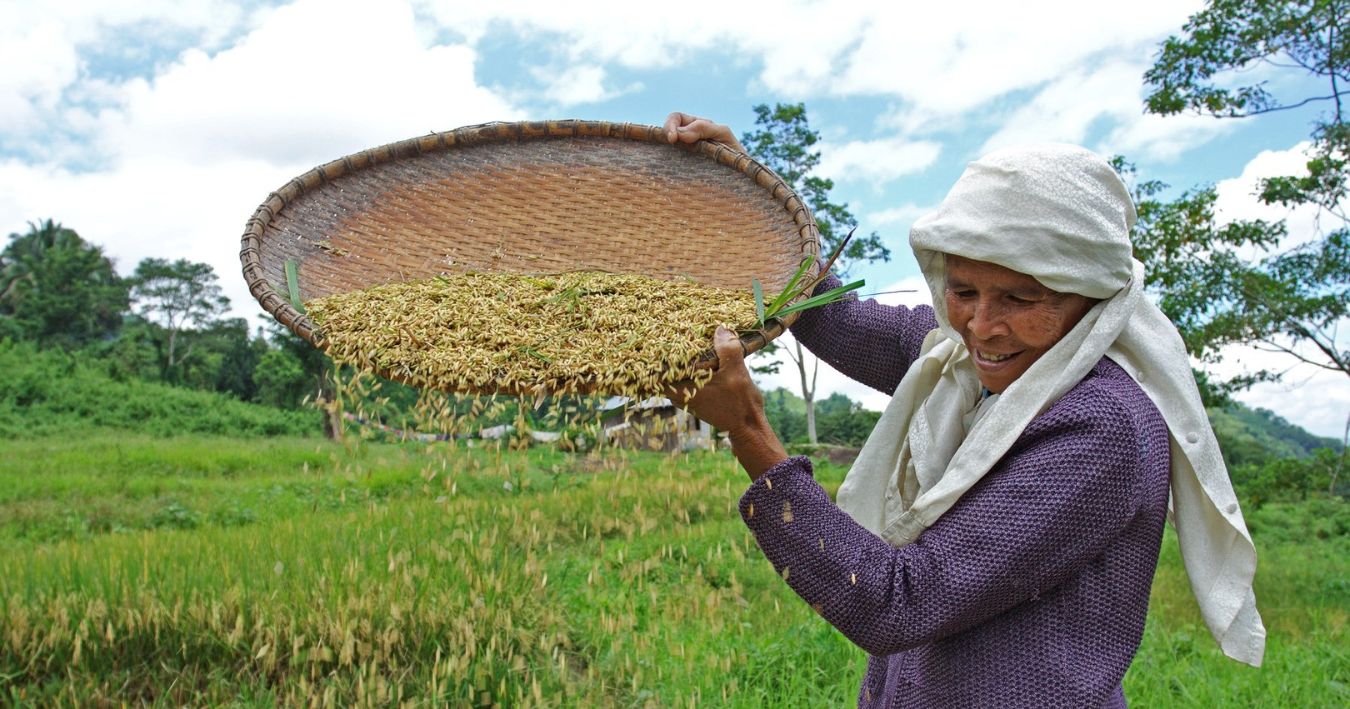
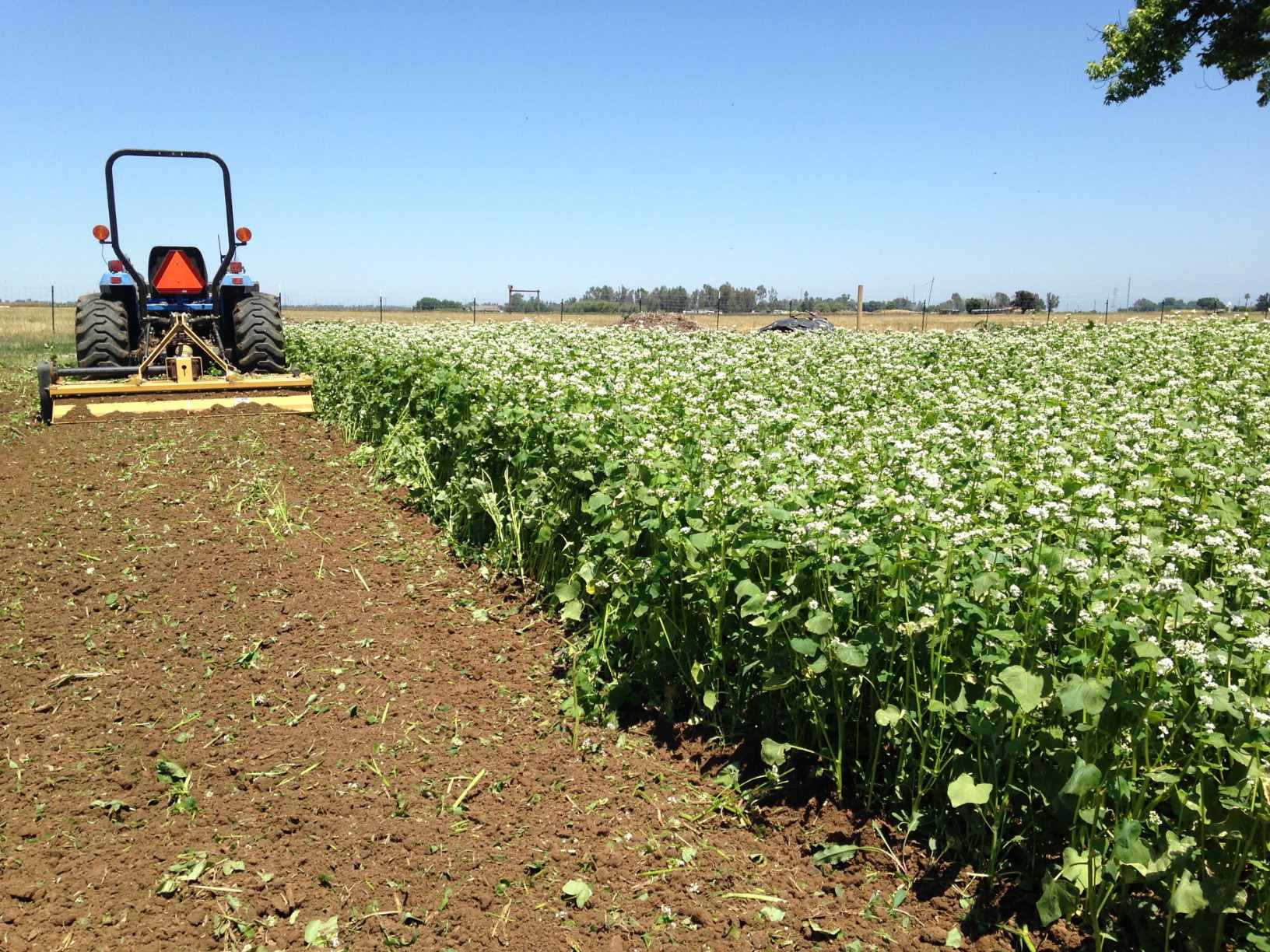
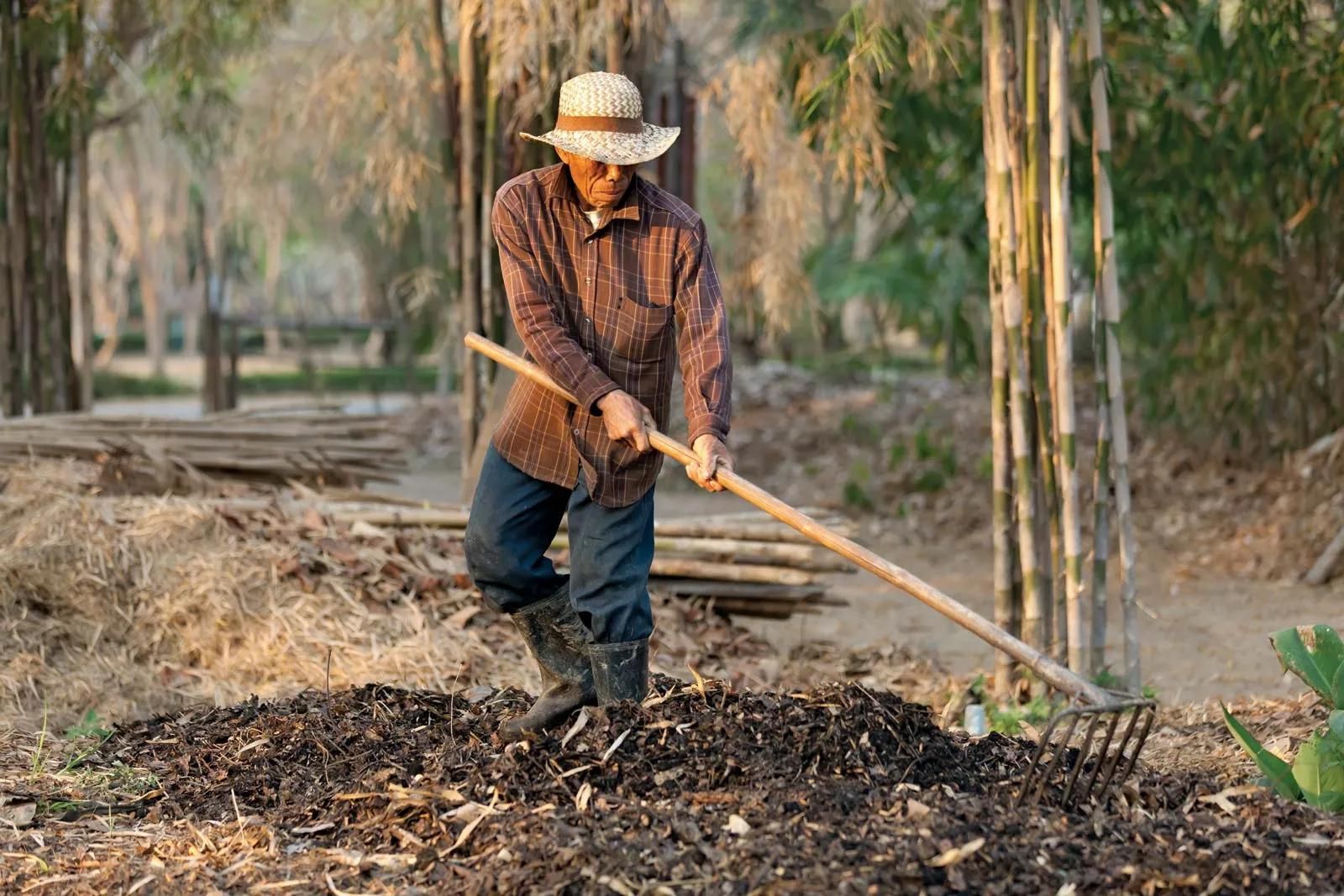
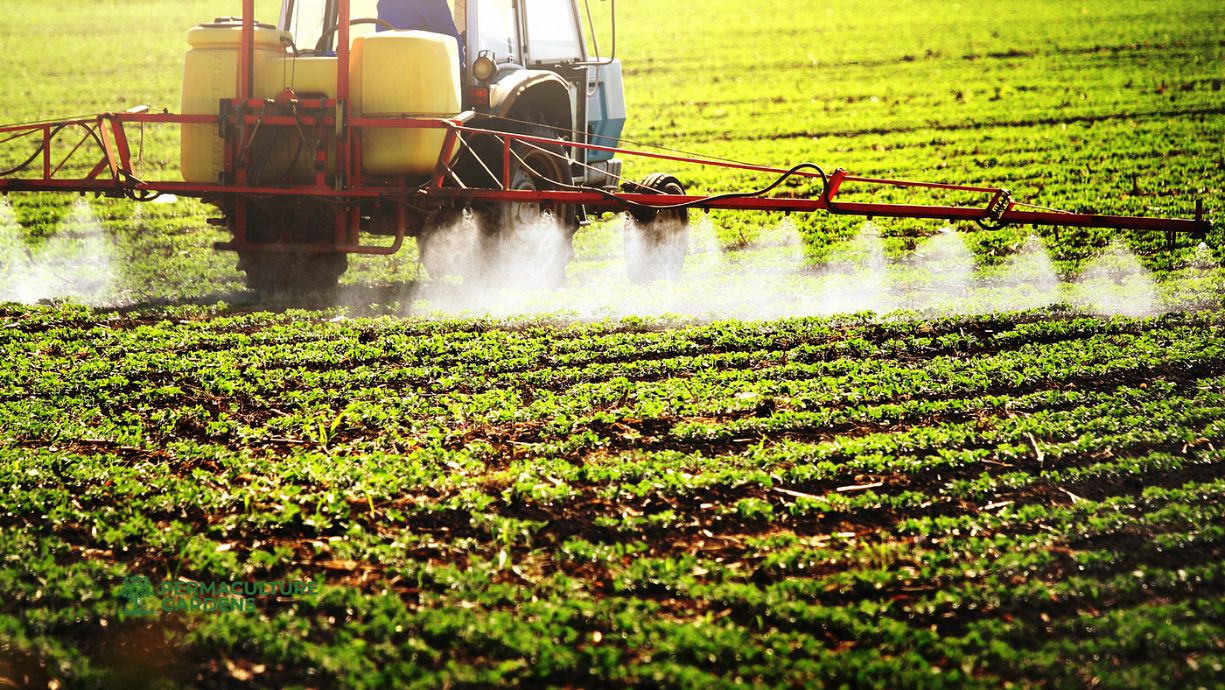

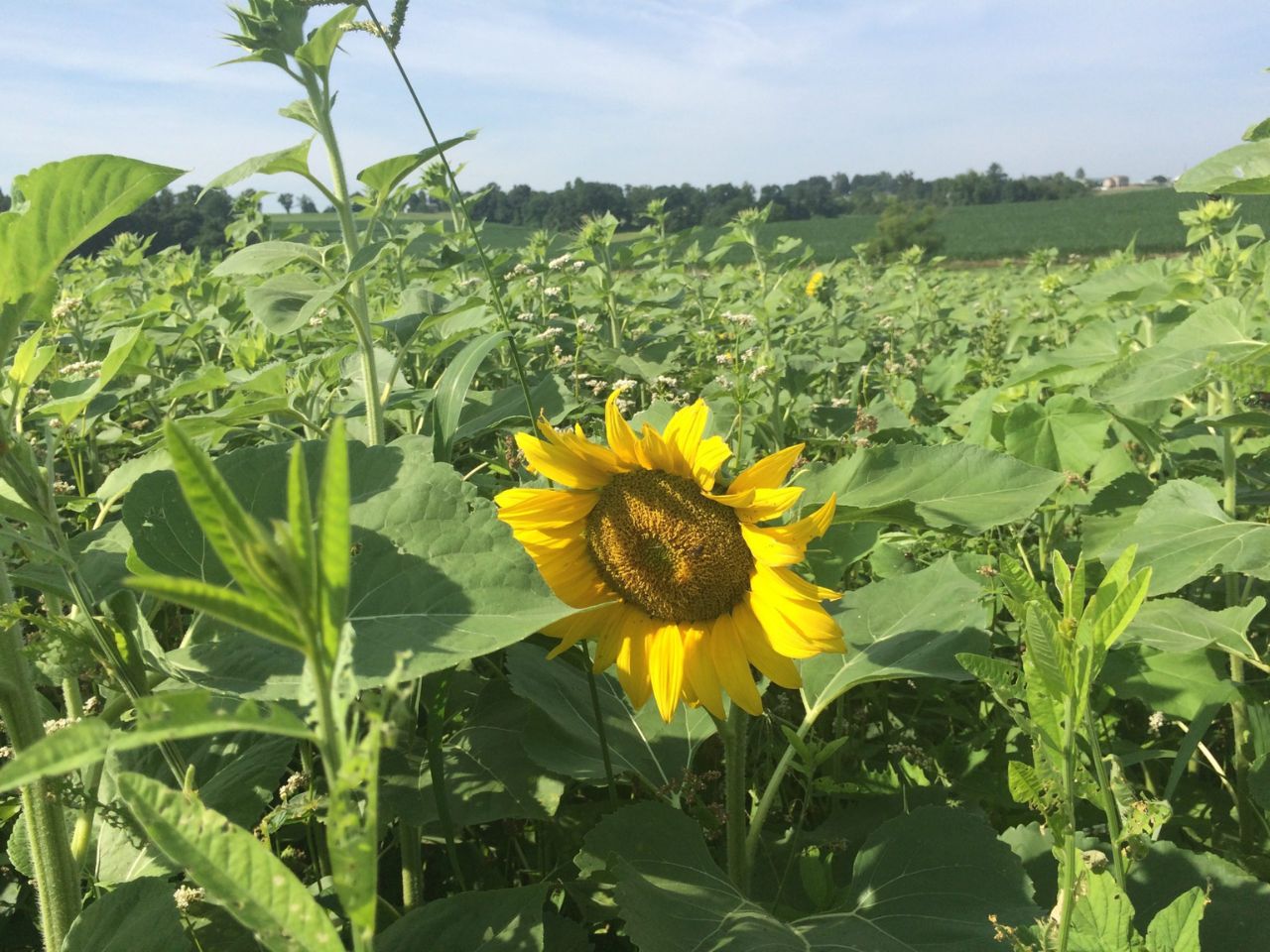
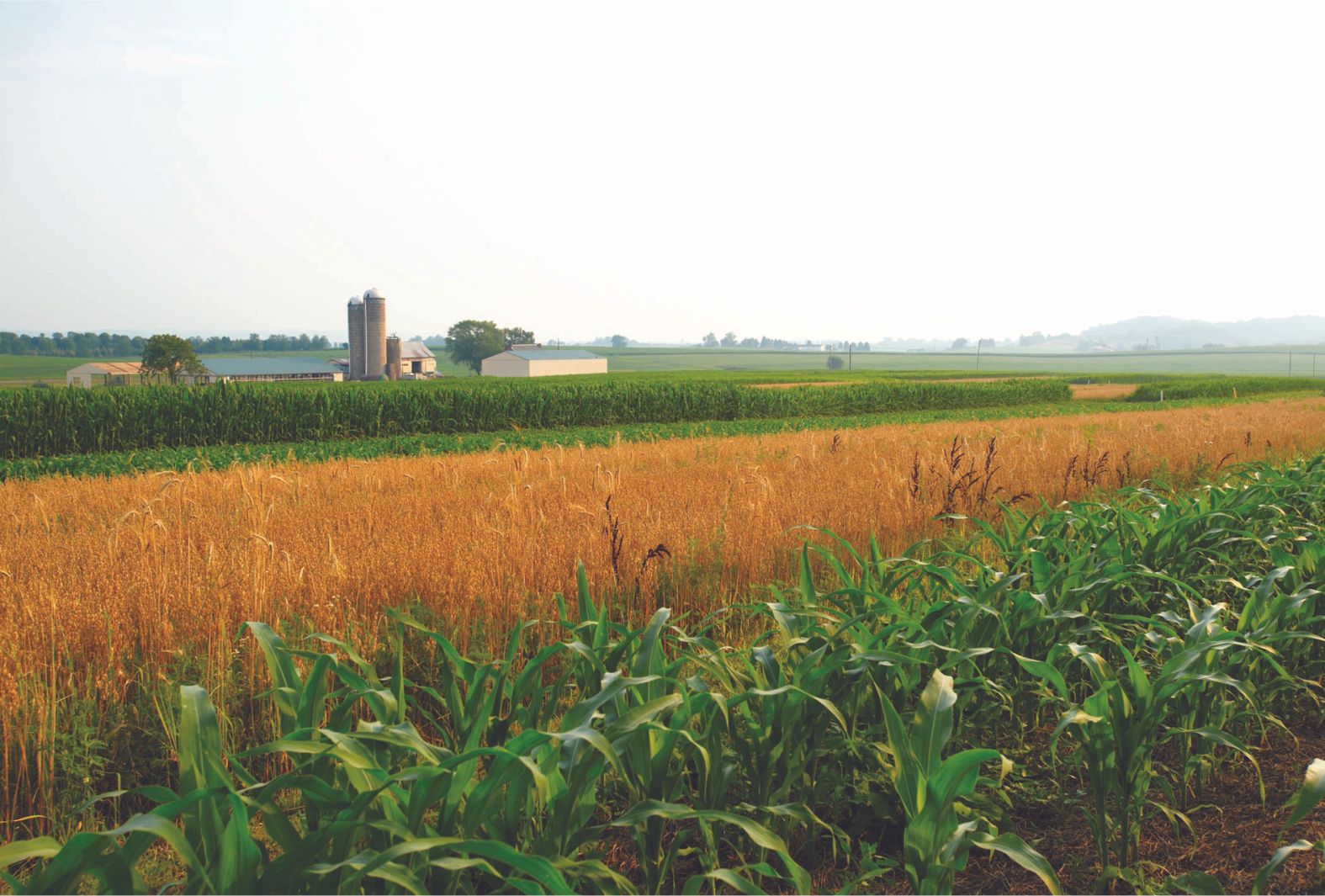
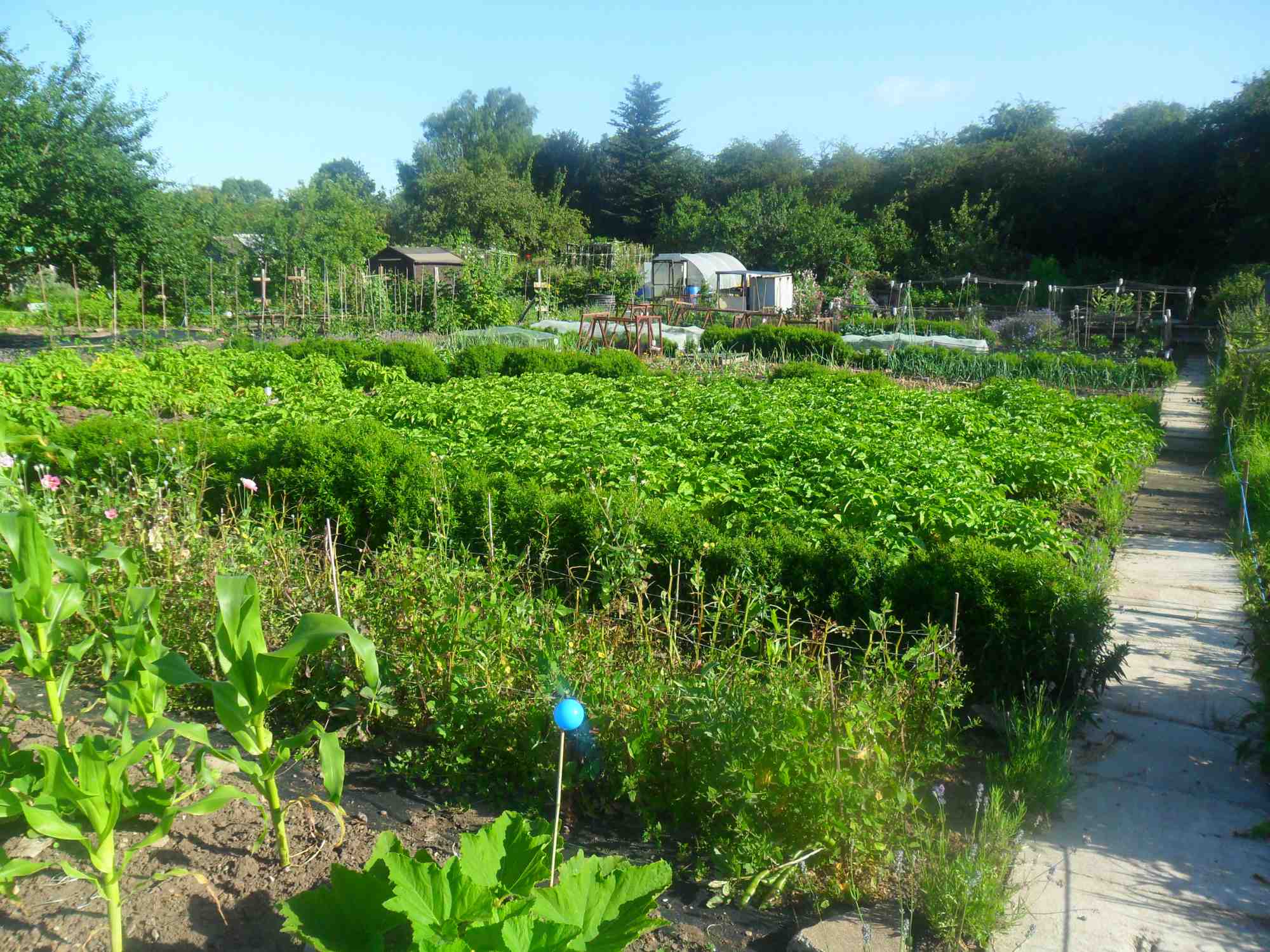
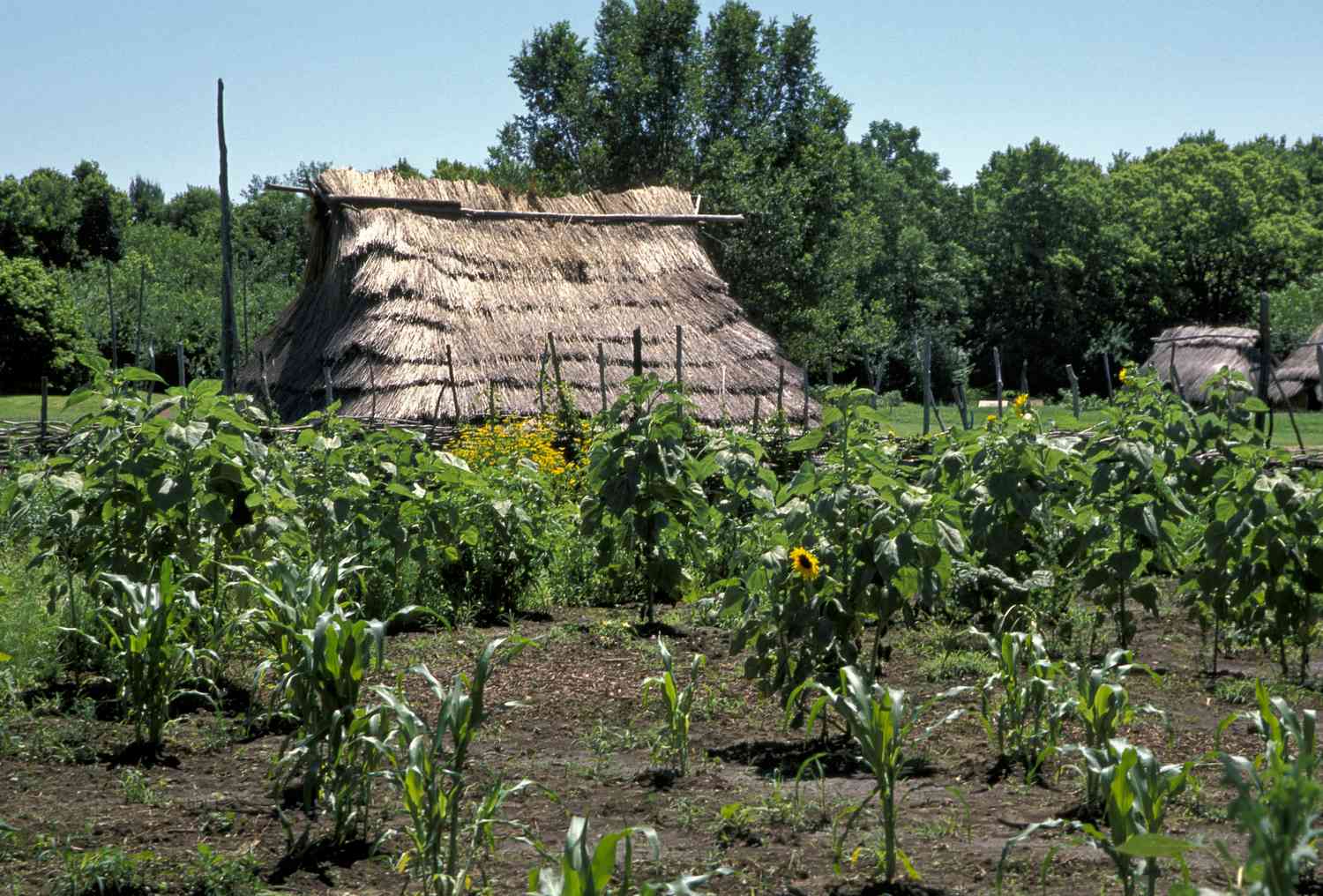
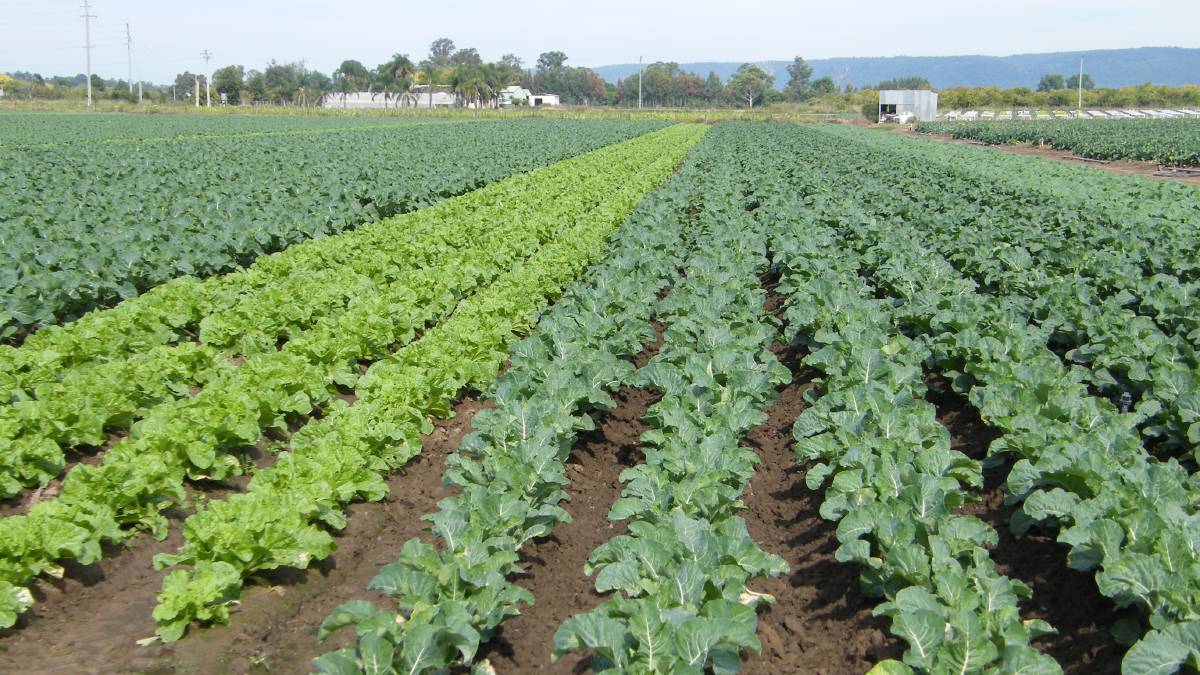
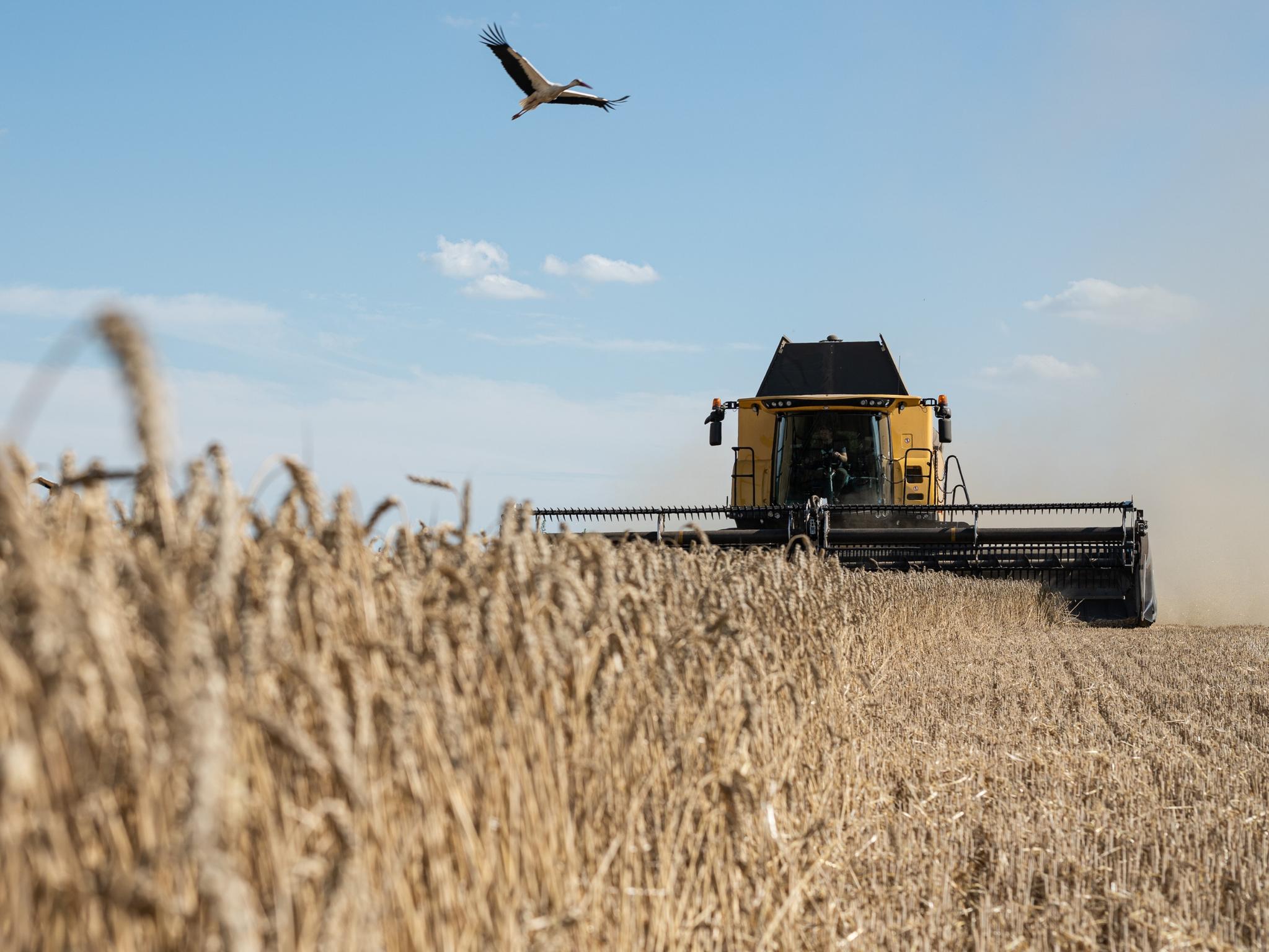
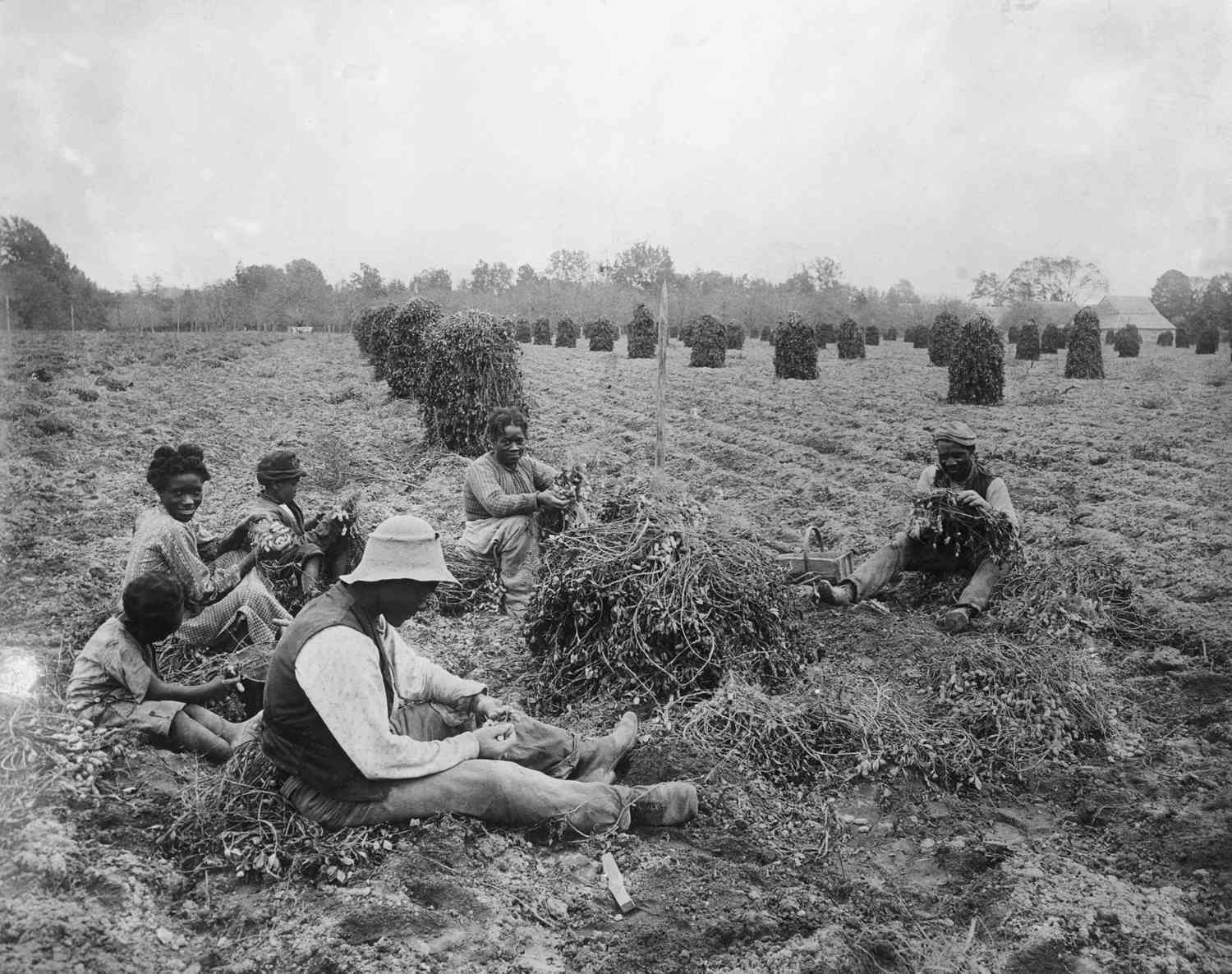
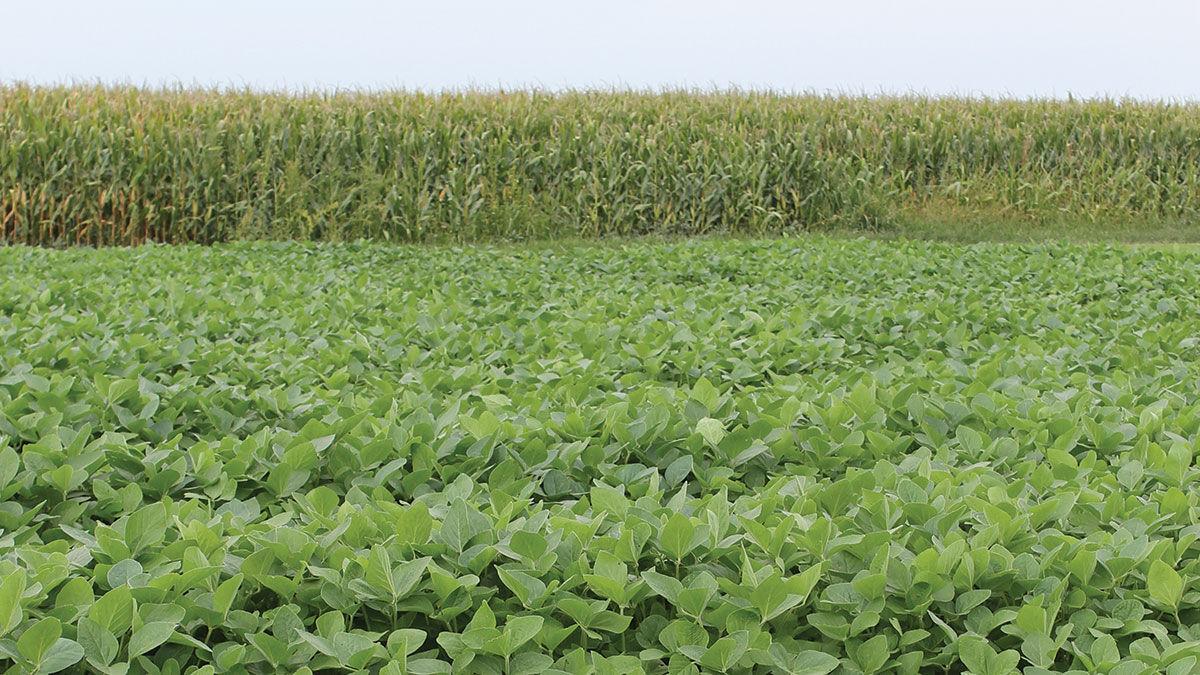


0 thoughts on “How Did Crop Rotation Change In The Agricultural Revolution In Comparison To Earlier Societies”